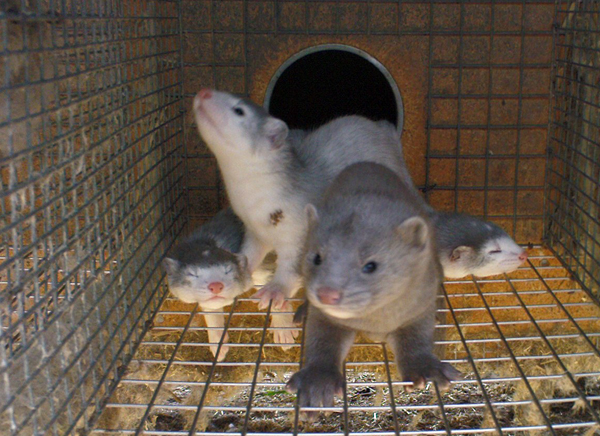Quality control
Introduction
In the earlier sections of the course, you have found out all about biological principles and how animals are to be handled on the day of killing in accordance with legislation, as well as the consequences of handling and care on animal welfare and production. This knowledge forms a basis for this section, which is all about quality control during killing.
The aim of this section is to give you a knowledge of how the various quality control systems work. Being aware of how quality control works and what it involves will give you a good foundation as regards how to achieve good animal welfare. This section will also be looking at equipment maintenance and indicators for measuring animal welfare.

Quality control when handling fur-bearing animals helps to ensure good animal welfare. Photograph: SLU
Learning targets and estimated time required for the module
The aim of this module is to ensure that after completing this course, you can:
- describe the content of the proprietary inspection programme (for mink breeders: Mink Health) and your own inspection of activities
- be aware of what the audit carried out by the county administrative board involves
- describe the elements in good transparency for activities
- describe how equipment is maintained effectively
- describe indicators used to measure animal welfare

Time required: It is estimated that you will need about 30 minutes to study the content in the module, which is 12 pages long. Your browser’s address bar at the top of the page shows you which page you are on.
Copyright © disa.se | 2024